1. Autonomous Vehicles
AI is at the heart of developing self-driving cars, enabling them to perceive their environment, make decisions, and navigate safely without human intervention, thus reducing accidents and improving traffic flow.
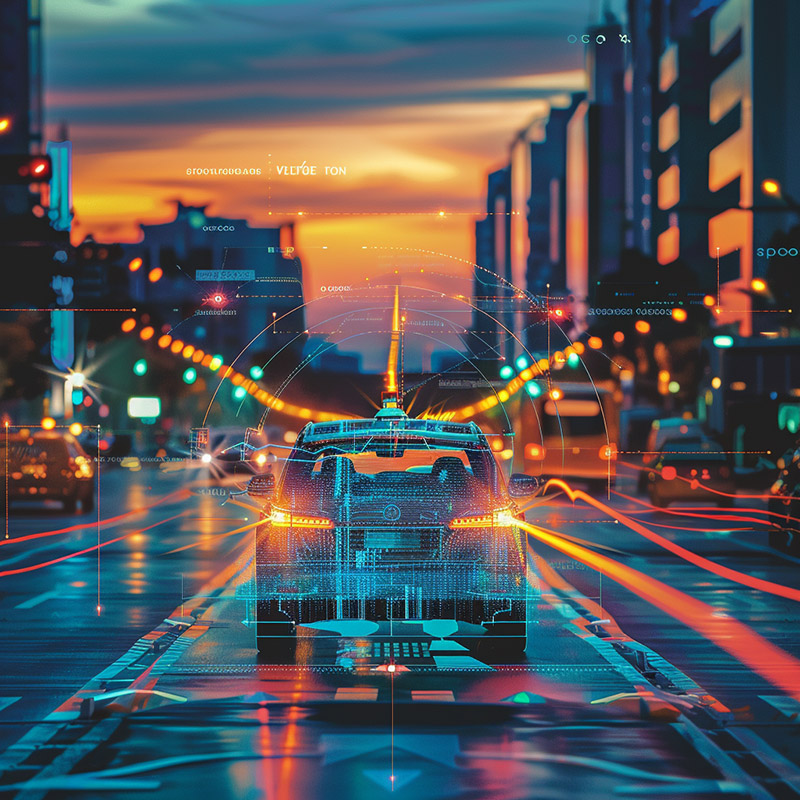
Vehicle Operation Before AI
Traditional vehicles rely entirely on human operation, which comes with limitations in reaction times and the potential for human error, leading to traffic congestion and accidents. The lack of automation restricts the efficiency and safety of road transportation.
Vehicle Operation After AI
AI-driven autonomous vehicles can perceive their surroundings, make split-second decisions, and navigate complex environments without human input, significantly reducing accidents caused by human error and optimizing traffic flow. This advancement promises to transform transportation into a safer, more efficient, and accessible system.
2. Traffic Management Systems
AI algorithms analyze traffic data in real-time to optimize traffic light sequences, reduce congestion, and enhance road safety, significantly improving urban mobility.
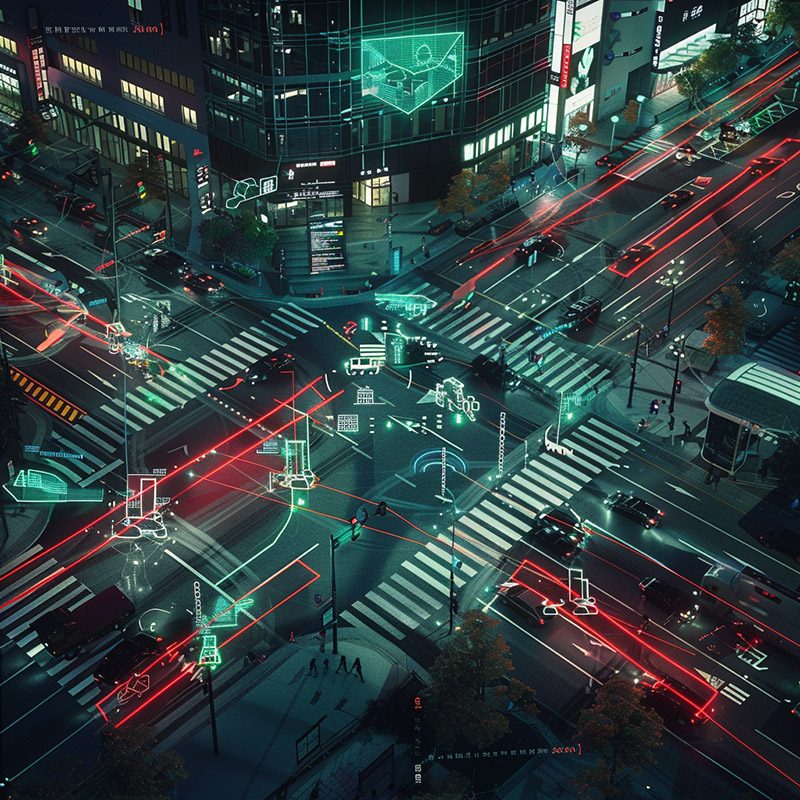
Traffic Management Before AI
Traffic management was often reactive, based on historical data and manual observations, leading to inefficiencies in handling congestion, accidents, and dynamic traffic patterns, resulting in widespread delays and increased pollution.
Traffic Management After AI
With AI, traffic management systems analyze real-time data to dynamically control traffic lights, signs, and advisories, reducing congestion and improving road safety. AI's predictive capabilities allow for preemptive adjustments, ensuring smoother traffic flow and enhanced urban mobility.
3. Predictive Maintenance for Public Transit
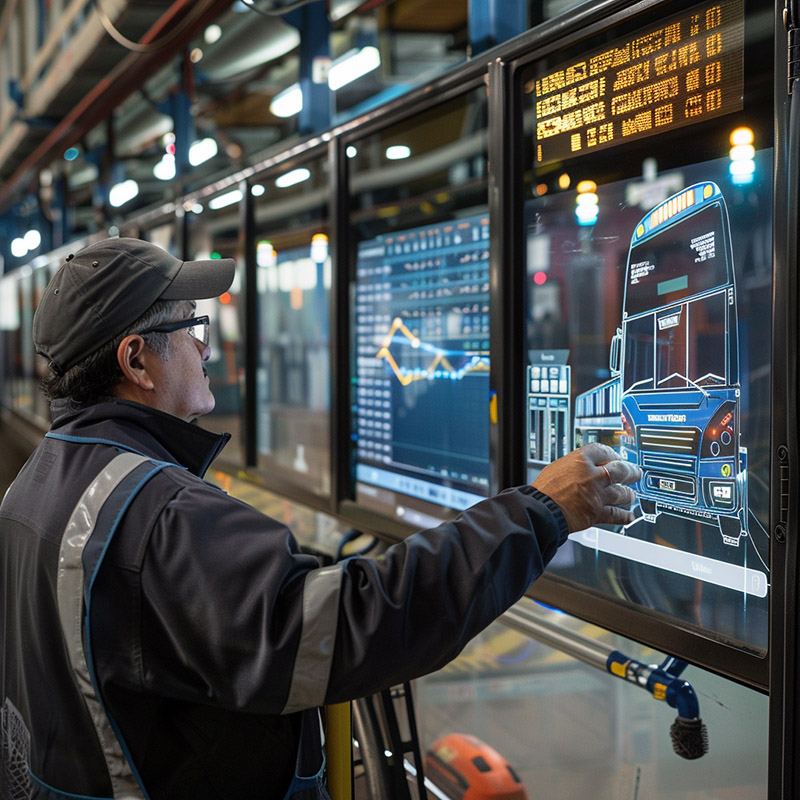
Public Transit Maintenance Before AI
Maintenance for public transit systems was scheduled at regular intervals or performed reactively after failures occurred, leading to unexpected downtime, costly repairs, and service disruptions that inconvenienced passengers.
Public Transit Maintenance After AI
AI enables predictive maintenance, analyzing sensor data to identify components in need of repair before they fail. This approach minimizes downtime, extends the lifespan of transit vehicles, and ensures reliable service, significantly improving the public transit experience.
4. Dynamic Pricing Models for Ride-Sharing and Taxis
AI uses supply and demand data to adjust pricing in real-time, improving service availability and affordability for ride-sharing and taxi services.
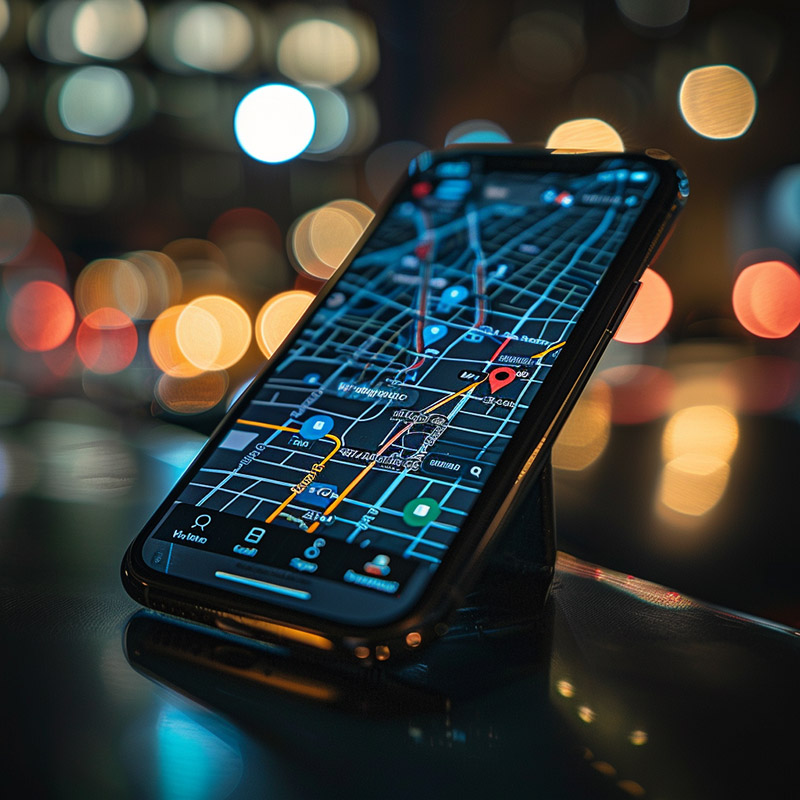
Ride-Sharing and Taxi Pricing Before AI
Pricing for ride-sharing and taxis was static or manually adjusted, which could not efficiently match supply with demand, often leading to high wait times during peak periods and missed revenue opportunities during low demand.
Ride-Sharing and Taxi Pricing After AI
AI-driven dynamic pricing models automatically adjust fares in real-time based on various factors, including demand, supply, and traffic conditions. This optimization balances the availability of rides and affordability for passengers while increasing earnings for drivers.
5. Freight and Logistics Optimization
AI optimizes shipping routes and loads for freight transport, reducing fuel consumption and delivery times, and improving the efficiency of the logistics chain.
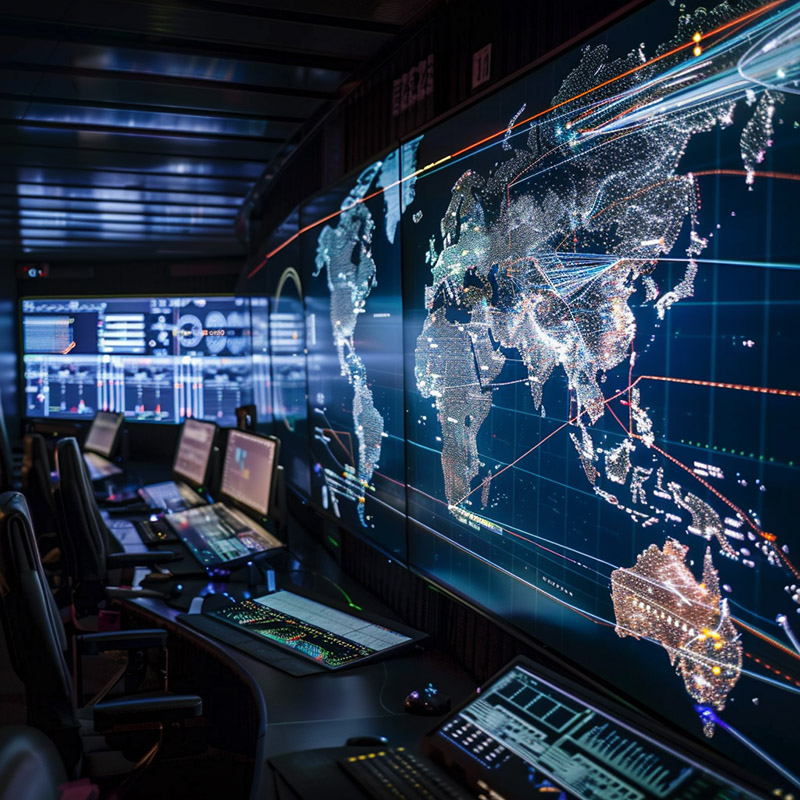
Freight Logistics Before AI
Logistics and freight operations often faced challenges in route planning, load optimization, and delivery scheduling, resulting in inefficiencies, higher operational costs, and increased environmental impact due to suboptimal fuel consumption.
Freight Logistics After AI
AI revolutionizes logistics by optimizing routes, loads, and delivery schedules, taking into account real-time traffic, weather, and demand patterns. This results in reduced delivery times, lower fuel consumption, and decreased emissions, significantly improving the efficiency and sustainability of freight operations.
6. Personalized Public Transport
AI analyzes passenger data to offer personalized travel recommendations, integrating public transport options with other services for the most efficient journey planning.
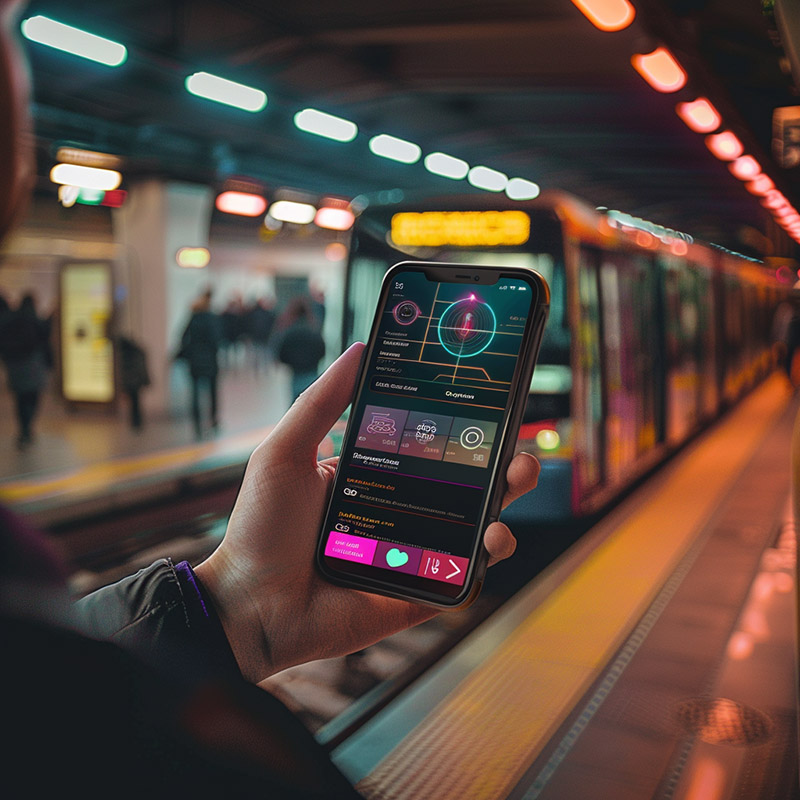
Public Transport Before AI
Public transport systems offered a one-size-fits-all solution, with fixed routes and schedules that could not accommodate individual preferences or real-time changes in urban mobility demands, often leading to inconvenient and inefficient travel experiences.
Public Transport After AI
AI transforms public transport into a personalized service, analyzing user data and preferences to offer customized travel recommendations that seamlessly integrate various modes of transportation. This personalization enhances user satisfaction and encourages the use of public transport, contributing to more sustainable urban environments.
7. Enhanced Security and Surveillance
AI-powered surveillance systems in airports, train stations, and public transport vehicles detect suspicious behaviors and unattended items, enhancing security and passenger safety.
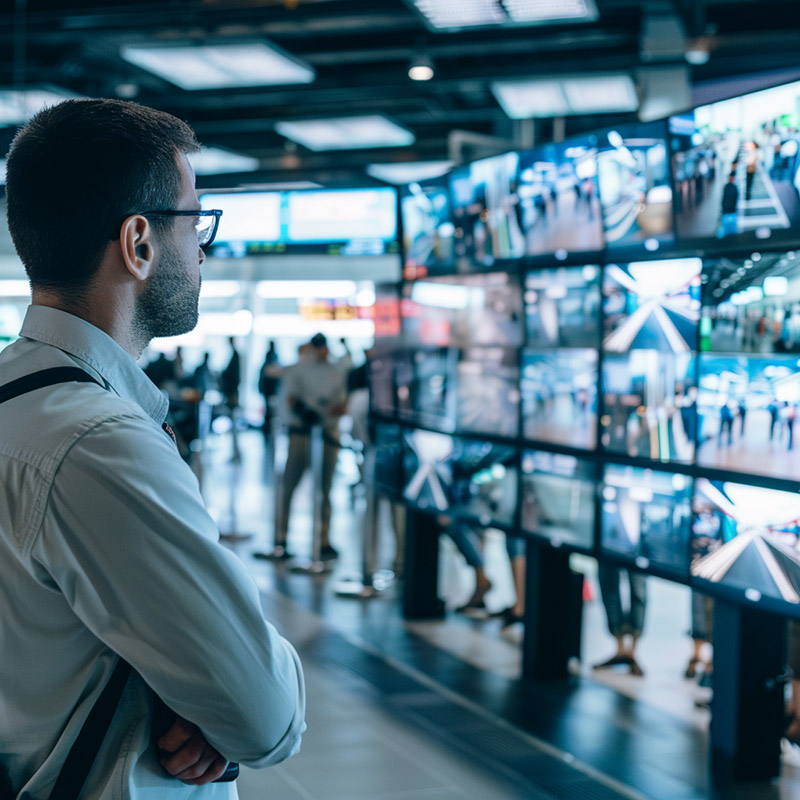
Security and Surveillance Before AI
Security and surveillance in transportation hubs relied heavily on manual monitoring, which was labor-intensive and prone to human error, potentially missing critical security threats and compromising passenger safety.
Security and Surveillance After AI
AI-powered surveillance systems automatically analyze video feeds to detect suspicious activities and unattended items, significantly enhancing security efficiency. This proactive approach improves response times to potential threats, ensuring the safety and security of passengers and infrastructure.
8. Smart Parking Solutions
AI applications help drivers find parking spaces more efficiently by analyzing data from parking lots and street sensors, reducing traffic caused by drivers searching for parking.
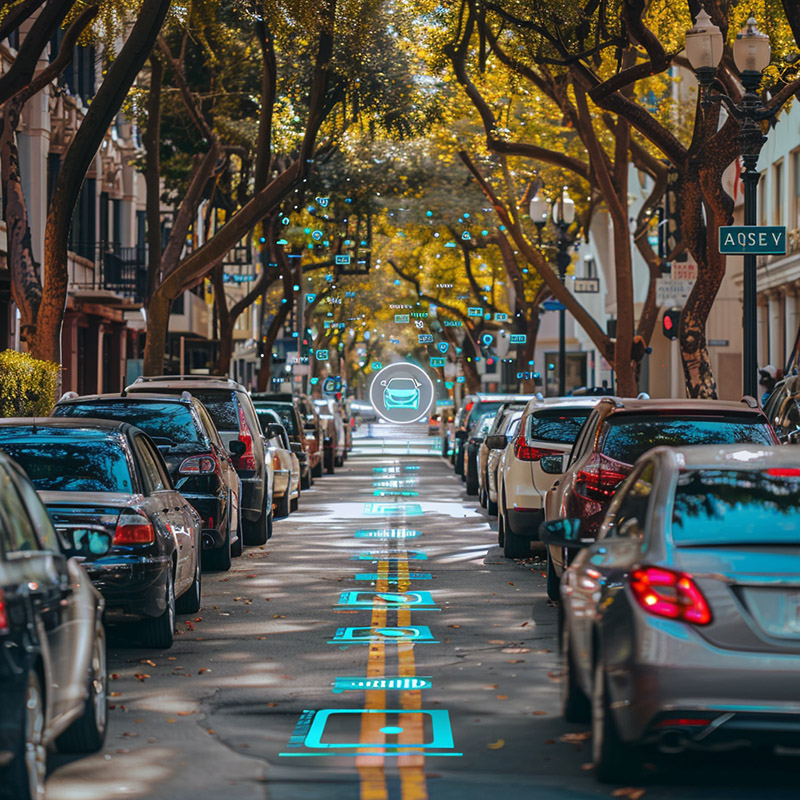
Parking Before AI
Finding parking in urban areas was a time-consuming and stressful process for drivers, contributing to traffic congestion as drivers circled blocks searching for available spots, increasing pollution and frustration.
Parking After AI
AI-driven smart parking solutions provide real-time information on available parking spaces, guiding drivers directly to open spots and significantly reducing the time spent searching for parking. This convenience improves the urban driving experience and reduces traffic congestion and emissions.
9. Vehicle-to-Everything (V2X) Communication
AI enables vehicles to communicate with each other and with infrastructure (like traffic lights), improving road safety and traffic flow by sharing information about hazards, traffic conditions, and more.
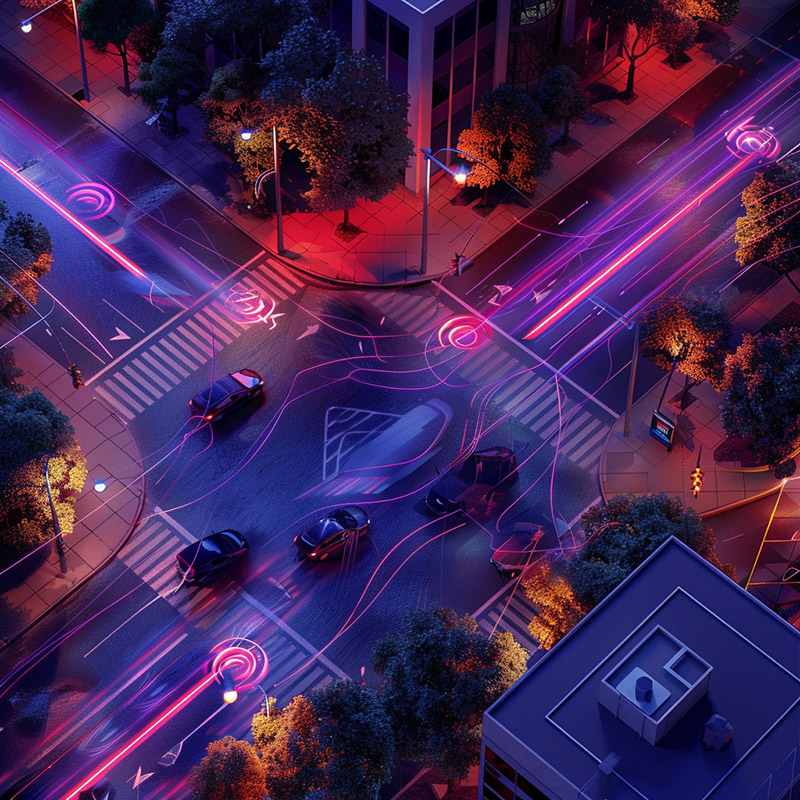
Vehicle Communication Before AI
Vehicles operated independently on the road, with limited communication capabilities, increasing the risk of accidents and inefficiencies in traffic management and road safety measures.
Vehicle Communication After AI
AI-enhanced V2X communication enables vehicles to interact with each other and with road infrastructure, sharing vital information about traffic conditions, hazards, and operational statuses. This interconnectedness improves road safety, reduces congestion, and paves the way for advanced autonomous driving systems.
10. Eco-friendly Route Optimization
AI provides drivers with the most fuel-efficient routes, taking into account traffic, road conditions, and vehicle type, contributing to reduced emissions and environmental impact.
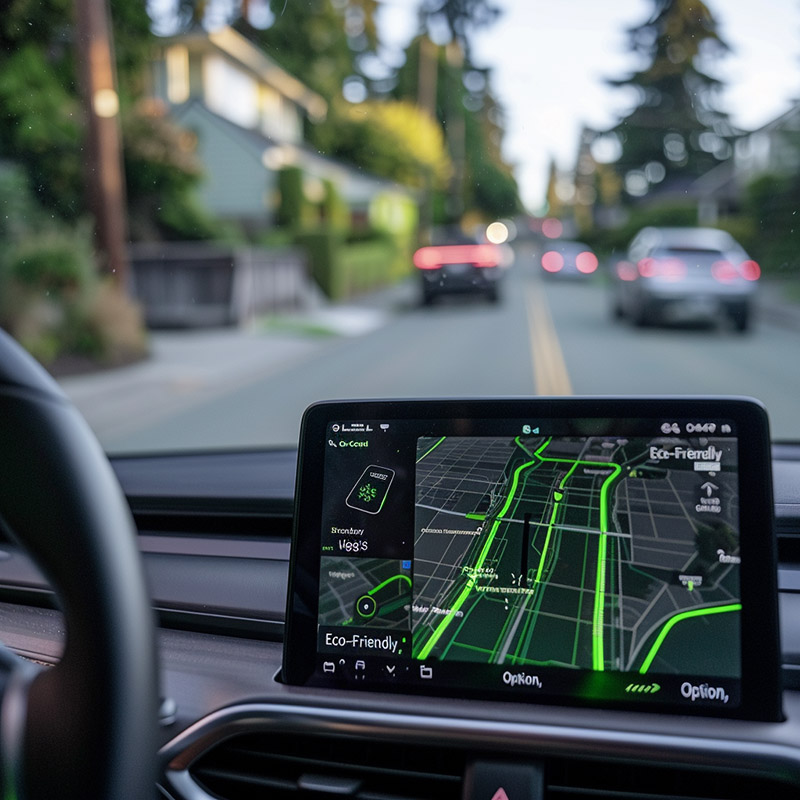
Route Planning Before AI
Route planning for vehicles was primarily focused on minimizing travel time, often overlooking the environmental impact of chosen routes, such as increased fuel consumption and emissions due to traffic congestion.
Route Planning After AI
AI offers eco-friendly route optimization, calculating the most fuel-efficient paths that avoid congestion and reduce emissions. This not only benefits the environment by lowering the carbon footprint of travel but also helps drivers save on fuel costs, promoting more sustainable driving habits.